How To Get Rid Of Microscopic Bugs ?
To get rid of microscopic bugs, you can take several steps. First, maintain a clean and hygienic environment by regularly cleaning and vacuuming your home. Pay attention to areas where bugs may hide, such as carpets, bedding, and upholstery. Washing bedding and linens in hot water can also help eliminate bugs.
Additionally, consider using insecticides or bug sprays specifically designed to target microscopic bugs. Follow the instructions carefully and apply them to infested areas. It may be necessary to repeat the treatment multiple times to ensure complete eradication.
If the infestation persists or if you are unsure about the type of bugs you are dealing with, it is advisable to seek professional help. Pest control experts can identify the bugs and provide effective treatment options.
Remember, prevention is key to avoiding future infestations. Regularly clean and declutter your living space, seal any cracks or openings where bugs can enter, and maintain proper hygiene to minimize the risk of microscopic bug infestations.
1、 Identification of microscopic bugs
Identification of microscopic bugs can be a challenging task as they are not visible to the naked eye. However, there are certain methods that can help in identifying these tiny pests. One common method is to use a microscope or magnifying glass to examine the affected area. This can help in observing the physical characteristics of the bugs such as their shape, size, and color.
Another approach is to collect a sample of the bugs and send it to a laboratory for analysis. There, experts can use advanced techniques like DNA sequencing to identify the specific species of the bugs. This can provide valuable information about their behavior, habitat, and potential risks they pose.
When it comes to getting rid of microscopic bugs, prevention is key. Regular cleaning and maintenance of the affected area can help in reducing their population. Vacuuming, dusting, and washing bedding and clothing in hot water can eliminate these pests and their eggs.
In addition, using insecticides specifically designed for microscopic bugs can be effective. However, it is important to follow the instructions carefully and ensure the safety of humans and pets.
It is worth noting that the latest point of view suggests that integrated pest management (IPM) techniques should be employed for long-term control of microscopic bugs. This approach involves a combination of methods such as sanitation, exclusion, and targeted pesticide application. It focuses on minimizing the use of chemicals and emphasizes the importance of non-chemical control methods.
Overall, identifying and getting rid of microscopic bugs requires a combination of observation, analysis, and preventive measures. Consulting with a professional pest control expert can also provide valuable guidance and assistance in dealing with these pests effectively.

2、 Prevention methods for eliminating microscopic bugs
Prevention methods for eliminating microscopic bugs are crucial in maintaining a clean and healthy environment. These tiny pests, such as dust mites, bed bugs, and fleas, can cause allergies, skin irritations, and other health issues. Here are some effective ways to get rid of microscopic bugs:
1. Regular cleaning: Vacuuming carpets, rugs, and upholstery regularly can help remove dust mites and their eggs. Washing bedding, curtains, and stuffed toys in hot water can also eliminate these pests.
2. Reduce humidity: Dust mites thrive in humid environments, so using dehumidifiers or air conditioners can help control their population. Keeping humidity levels below 50% is recommended.
3. Seal cracks and crevices: Tiny bugs can enter your home through cracks and crevices. Seal these openings with caulk or weatherstripping to prevent their entry.
4. Use mattress and pillow covers: Encasing mattresses and pillows with allergen-proof covers can prevent dust mites from infesting these areas.
5. Regularly wash pet bedding: Fleas and other microscopic bugs can infest your pets' bedding. Washing it frequently in hot water can help eliminate these pests.
6. Maintain cleanliness in the kitchen: Clean up spills and crumbs promptly, as they can attract pests like ants and cockroaches. Store food in airtight containers to prevent infestations.
7. Professional pest control: If the infestation persists or becomes severe, it may be necessary to seek professional help. Pest control experts can identify the specific bug and provide targeted treatments.
It is important to note that the latest point of view emphasizes the use of environmentally friendly and non-toxic methods for bug elimination. This includes the use of natural insecticides, such as diatomaceous earth or essential oils, which are considered safer alternatives to chemical pesticides. Additionally, regular monitoring and early detection of infestations can help prevent the spread of microscopic bugs and minimize the need for extensive treatments.

3、 Natural remedies for eliminating microscopic bugs
Natural remedies for eliminating microscopic bugs can be effective in getting rid of these pests without the use of harsh chemicals. Here are some methods you can try:
1. Vacuuming: Regularly vacuuming your home can help remove microscopic bugs from carpets, upholstery, and other surfaces. Be sure to empty the vacuum bag or canister outside to prevent reinfestation.
2. Steam cleaning: Using a steam cleaner on carpets, mattresses, and furniture can kill microscopic bugs and their eggs. The high temperature of the steam is effective in eliminating these pests.
3. Washing bedding and clothing: Washing your bedding, clothing, and other washable items in hot water can help kill microscopic bugs. Be sure to dry them on high heat as well.
4. Freezing: Some items that cannot be washed can be placed in a freezer for a few days to kill microscopic bugs. This method is particularly effective for items like stuffed animals or delicate fabrics.
5. Diatomaceous earth: This natural substance is made from fossilized remains of diatoms and can be sprinkled in areas where microscopic bugs are present. It works by dehydrating and killing the bugs.
6. Essential oils: Certain essential oils like tea tree oil, lavender oil, and eucalyptus oil have insecticidal properties and can be used to repel and kill microscopic bugs. Mix a few drops with water and spray in infested areas.
It's important to note that while these natural remedies can be effective, they may not completely eliminate all microscopic bugs. If the infestation persists or worsens, it may be necessary to consult a professional pest control service. Additionally, keeping your home clean and clutter-free can help prevent future infestations.
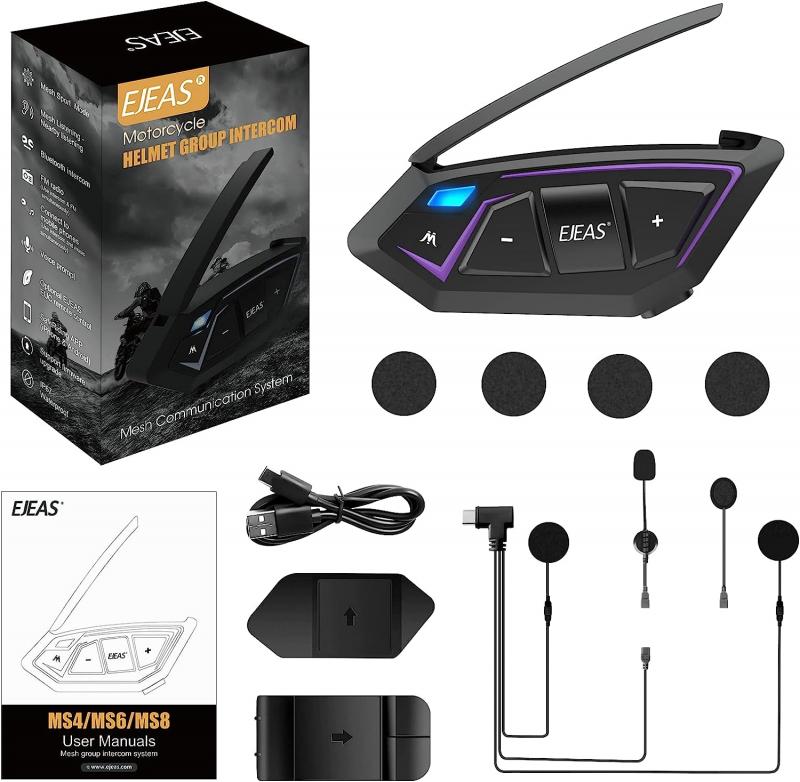
4、 Chemical treatments for eliminating microscopic bugs
Chemical treatments for eliminating microscopic bugs can be an effective solution when dealing with infestations. However, it is important to approach this issue with caution and consider the potential risks and side effects associated with these treatments.
One common method for getting rid of microscopic bugs is using insecticides. These chemicals are designed to kill or repel pests, including microscopic bugs. However, it is crucial to choose insecticides that are specifically formulated for the type of bug you are dealing with. Different bugs may require different active ingredients or concentrations to be effectively eliminated.
It is also important to follow the instructions provided by the manufacturer when using insecticides. This includes wearing protective clothing, ensuring proper ventilation, and avoiding contact with treated surfaces until they have dried. Additionally, it is advisable to keep children and pets away from treated areas to minimize their exposure to the chemicals.
While chemical treatments can be effective, it is worth considering alternative methods as well. Integrated Pest Management (IPM) techniques, for example, focus on using a combination of strategies such as sanitation, exclusion, and biological controls to manage pests. This approach aims to minimize the use of chemicals and prioritize long-term prevention.
Furthermore, it is essential to keep in mind that some microscopic bugs, such as dust mites, are a natural part of our environment and cannot be completely eradicated. Instead, efforts should be focused on reducing their populations to a tolerable level through regular cleaning, maintaining low humidity levels, and using allergen-proof bedding.
In conclusion, chemical treatments can be an effective solution for eliminating microscopic bugs. However, it is important to approach this issue with caution, follow instructions carefully, and consider alternative methods such as IPM. Additionally, it is crucial to understand that complete eradication may not always be possible, and efforts should be focused on managing and reducing populations to a tolerable level.


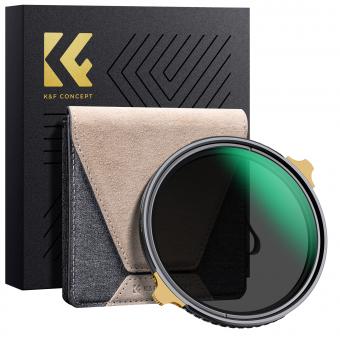



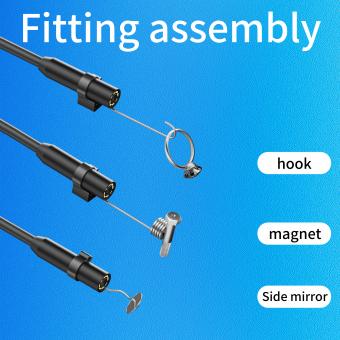
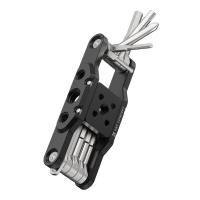




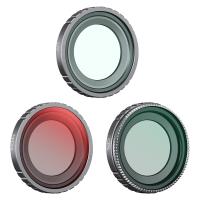

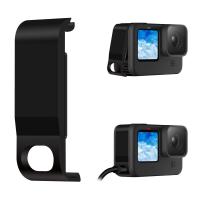

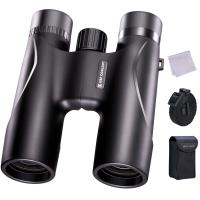
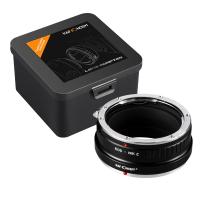
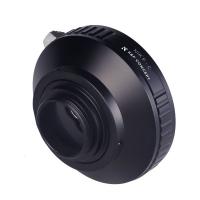
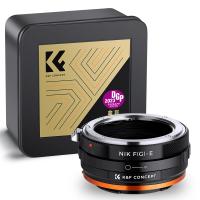




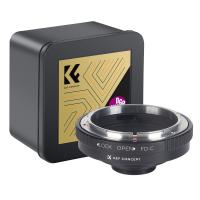
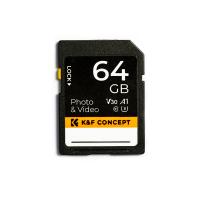

There are no comments for this blog.